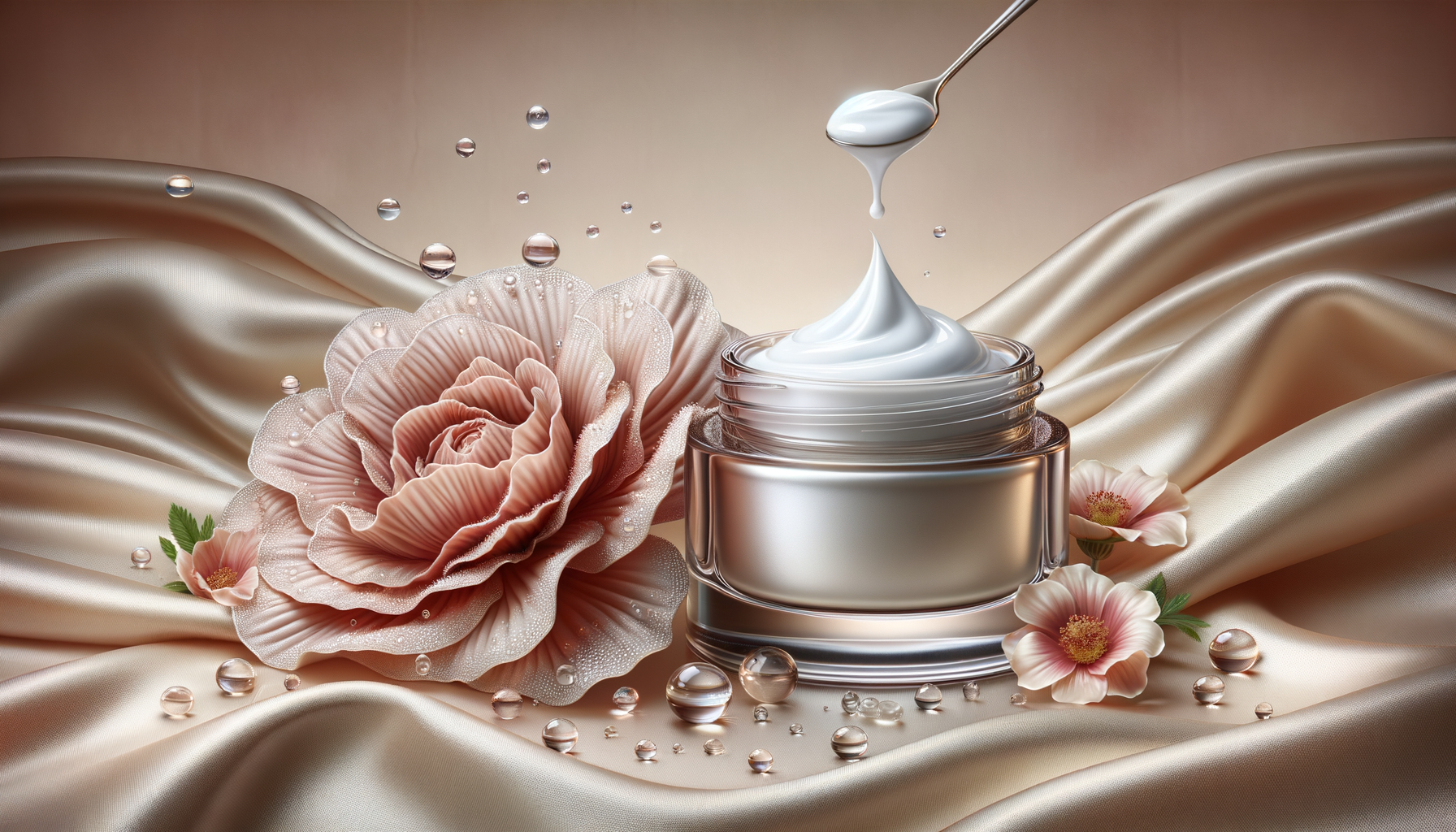
What to Know About Anti-Ageing Creams and Skincare Products
Understanding the Anti-Ageing Market
The anti-ageing industry is a dynamic and rapidly growing sector within the beauty and fitness category. With the global market projected to reach $271 billion by 2024, it reflects a significant demand for products that promise to reduce the visible signs of ageing. This growth is driven by an increasing awareness of skincare, advancements in dermatological research, and a desire for youthful appearances across various age groups.
Consumers are becoming more educated about skincare, seeking products that not only promise results but also deliver them effectively. The market is flooded with a variety of options, from serums and creams to more advanced treatments like laser therapies and injectables. Each product category has its unique benefits and is often chosen based on individual skincare needs and preferences.
Key factors contributing to this market’s expansion include:
- Aging population: As the global population ages, there’s a natural increase in demand for products that can help maintain youthful skin.
- Technological advancements: Innovations in skincare technology have led to more effective formulations and treatments.
- Social media influence: Platforms showcasing beauty trends and products have heightened consumer awareness and interest.
Understanding these dynamics is crucial for both consumers and manufacturers as they navigate this ever-evolving landscape.
Common Ingredients in Anti-Ageing Products
Anti-ageing products are formulated with a variety of ingredients, each targeting specific skin concerns. Understanding these ingredients can help consumers make informed choices about which products might work best for their skin type and concerns.
Some of the most common ingredients found in anti-ageing products include:
- Retinoids: Known for their ability to accelerate cell turnover, retinoids help reduce fine lines and wrinkles.
- Hyaluronic Acid: This ingredient is celebrated for its hydrating properties, helping to plump the skin and reduce the appearance of wrinkles.
- Vitamin C: An antioxidant that helps brighten the skin and reduce signs of sun damage.
- Peptides: These help stimulate collagen production, which is crucial for maintaining skin elasticity.
Each of these ingredients offers distinct benefits, and many products combine them to create comprehensive anti-ageing solutions. It’s important to note that while these ingredients are effective, results can vary based on individual skin types and the formulation’s concentration.
Incorporating Anti-Ageing Products into Your Routine
Integrating anti-ageing products into your skincare routine requires a strategic approach to maximize their benefits. The key is to introduce products gradually and monitor how your skin responds.
Here are some steps to consider:
- Start with a Cleanser: A gentle cleanser helps remove impurities and prepares the skin for subsequent treatments.
- Apply Serums: Serums with active ingredients like retinoids or vitamin C should be applied after cleansing. They penetrate deeper into the skin, offering targeted treatments.
- Moisturize: A good moisturizer helps lock in the benefits of serums and keeps the skin hydrated.
- Use Sunscreen: Daily sunscreen is crucial, as it protects the skin from UV damage, which can exacerbate signs of ageing.
Consistency is key when it comes to skincare. It may take several weeks to notice visible improvements, so patience and regular application are essential.
Debunking Common Myths about Anti-Ageing
The world of anti-ageing skincare is rife with myths and misconceptions, often leading to confusion among consumers. It’s important to separate fact from fiction to make informed decisions about skincare.
Some common myths include:
- „Anti-ageing products are only for older individuals“: In reality, these products can be beneficial for younger individuals as preventive measures.
- „Expensive products are always more effective“: Price doesn’t always equate to efficacy. Many affordable products contain high-quality ingredients that deliver results.
- „Natural ingredients are always better“: While natural ingredients can be beneficial, some synthetic ingredients are more effective for certain skin issues.
Understanding these myths helps consumers set realistic expectations and choose products that align with their skincare goals.
Future Trends in Anti-Ageing Skincare
The future of anti-ageing skincare is promising, with ongoing research and technological advancements paving the way for innovative products and treatments. As consumer preferences evolve, the industry is expected to adapt and introduce new solutions that cater to diverse needs.
Emerging trends include:
- Personalized Skincare: Advances in technology are enabling products tailored to individual skin types and concerns.
- Sustainability: There’s a growing demand for eco-friendly products with sustainable packaging and ethically sourced ingredients.
- Focus on Overall Wellness: Skincare is increasingly being viewed as part of a holistic approach to health and wellness, integrating lifestyle factors like diet and stress management.
These trends highlight the industry’s commitment to innovation and meeting the evolving needs of consumers. As we look to the future, the potential for breakthroughs in anti-ageing skincare remains vast and exciting.